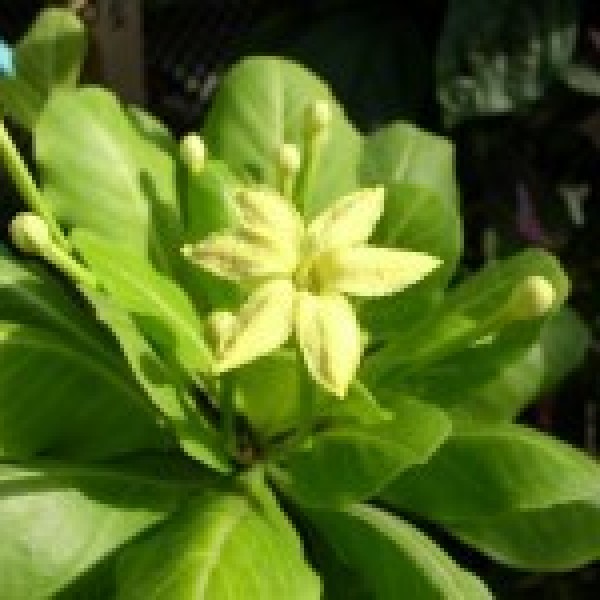
How can ex situ conservation help to save Hawai'ia's disappearing flora. 2017
Genetic's Lab
Genetics
Many members of the Hawaiian flora are classified as exceptional species, where living plant collections are the only currently available ex situ conservation option. For example, Brighamia insignis (Campanulaceae), an endemic Hawaiian succulent species, is functionally extinct in the wild with only one remaining extant individual. It is cultivated ex situ in at least 57 botanical collections around the world, but in need of an integrated management plan. This species can be seed banked, but seeds lose viability within a decade and it is relatively short-lived (10-20 years), necessitating the continual production of new plants and seeds. Over the last few decades, botanic gardens have responded by expanding their conservation activities. Most are dedicated to ensuring that their living collections remain genetically diverse and demographically viable over the long-term in order to support reintroduction efforts. However we have not always been able to quantify how successful these measures have been. The student working on this project will use genetic markers to determine how much genetic diversity remains in collections, and more importantly which institutions are holding the most unique genetic material. Such knowledge will be used to inform controlled crosses, to help alleviate negative effects of inbreeding by increasing genetic diverse in progeny.




